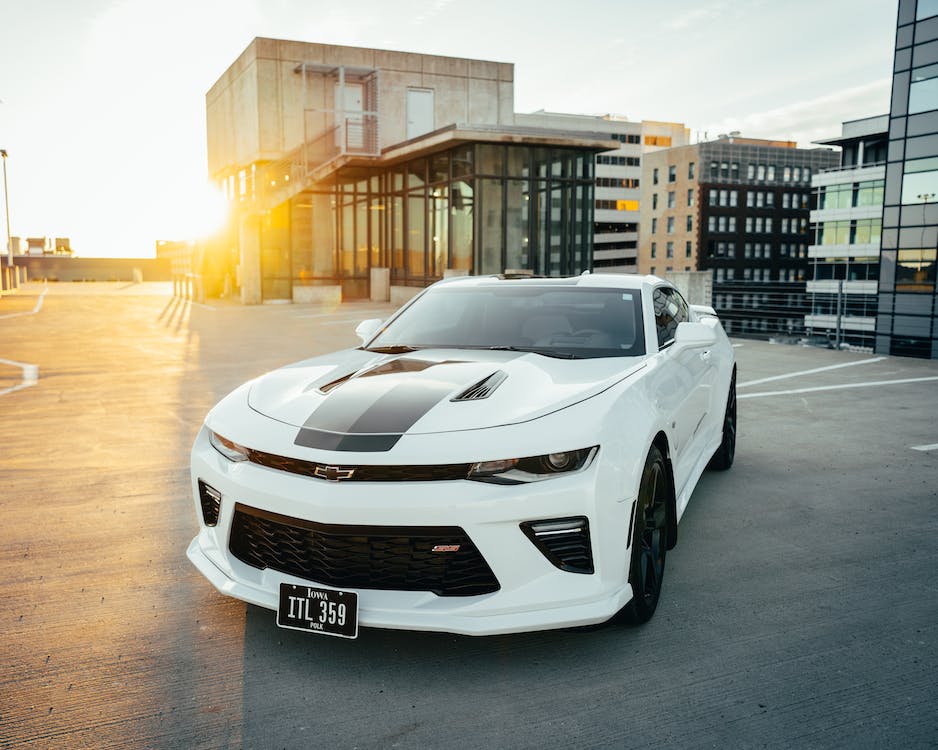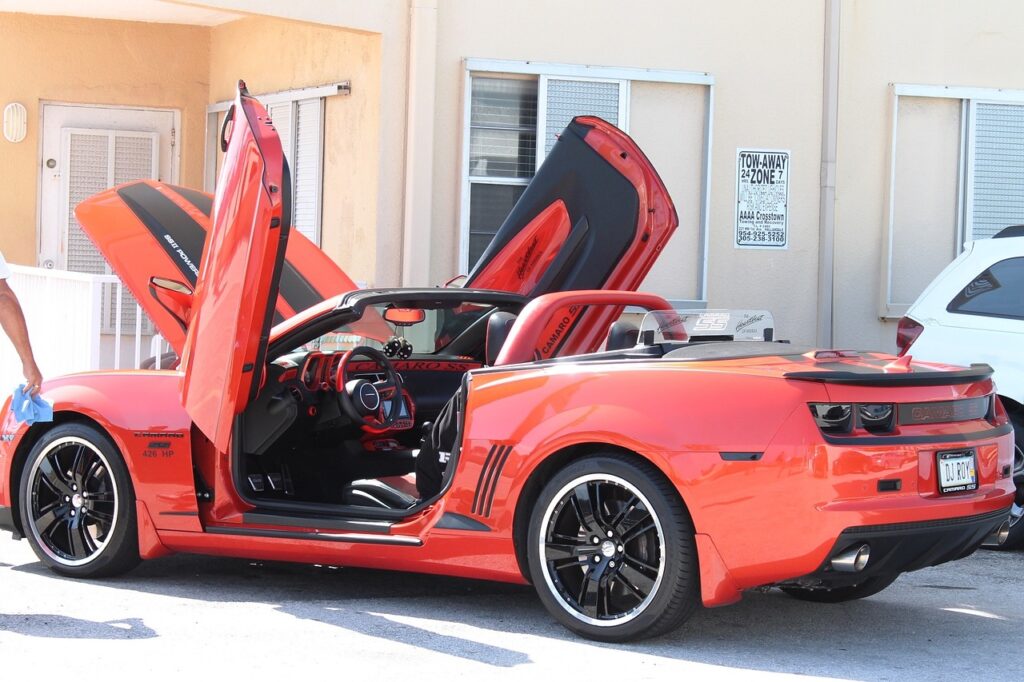Physical Address
304 North Cardinal St.
Dorchester Center, MA 02124


The Chevrolet Camaro was introduced in September 1966 as a direct competitor to the wildly successful Ford Mustang. Designed to be an affordable yet powerful sports car, the Camaro quickly gained popularity among car enthusiasts. The first generation Camaro was available in various body styles, including a two-door coupe and convertible. It featured a range of engine options, from a modest inline-six to the more potent V8 engines. The Camaro also boasted a sporty design, with its sleek lines and aggressive stance.
One of the most significant milestones for the first generation Camaro was the introduction of the legendary Z/28 model in 1967. The Z/28 was a high-performance variant of the Camaro, designed specifically for racing. It featured a 302 cubic inch V8 engine, a close-ratio four-speed manual transmission, and numerous performance upgrades.
Another noteworthy model from the first generation was the Camaro SS (Super Sport), which debuted in 1967. The SS option package added various performance enhancements, such as a more powerful engine, upgraded suspension, and additional exterior styling cues.
The second generation of the Chevrolet Camaro was introduced in 1970, and it marked a departure from the styling of the first generation. The second-gen Camaro featured a more streamlined design, with a longer, lower, and wider body. During this time, the Camaro faced several challenges, including increasing emissions regulations and the oil crisis of the 1970s. As a result, the performance of the Camaro suffered. However, Chevrolet continued to refine the Camaro, introducing new engines and technologies to meet the changing landscape.
In 1978, Chevrolet introduced the “Type LT” (Luxury Touring) model, which aimed to provide a more comfortable and refined driving experience. The LT model featured additional sound insulation, upgraded interior materials, and a smoother ride.
The second generation Camaro also saw the introduction of the iconic “Z/28” badge in 1977. The Z/28 package offered improved performance and handling, thanks to features such as a stiffer suspension, performance tires, and a more powerful engine.
The third generation of the Chevrolet Camaro was introduced in 1982 and represented a significant shift in both design and technology. The new Camaro featured a sleek and aerodynamic body, with a more modern and futuristic appearance. One of the most significant advancements in the third generation Camaro was the introduction of fuel injection technology. This allowed for improved fuel efficiency and better overall performance. The Camaro also received a new range of engines, including the powerful and legendary 5.0L V8 engine.
In 1985, Chevrolet introduced the highly sought-after IROC-Z model. The IROC-Z (International Race of Champions) was a performance-oriented variant of the Camaro, equipped with a tuned suspension, performance tires, and a more aggressive body kit. It quickly became an icon of the 1980s and a symbol of American muscle.
The fourth generation of the Chevrolet Camaro was launched in 1993 and brought forth even more advancements in design and technology. This generation featured a more rounded and aerodynamic body, showcasing Chevrolet’s commitment to both performance and style. During this era, the Camaro received various engine options, including the highly regarded LS1 V8 engine, which debuted in 1998. The LS1 engine offered impressive power and performance, solidifying the Camaro’s status as a true American muscle car.
In 2002, Chevrolet celebrated the 35th anniversary of the Camaro by introducing a special edition model. The 35th Anniversary Camaro featured unique exterior styling cues, a commemorative interior, and performance enhancements.
After an eight-year hiatus, the Chevrolet Camaro made a triumphant return in 2010 with the launch of the fifth generation. This generation showcased a modern interpretation of the classic Camaro design while embracing the latest advancements in technology and performance. The fifth-generation Camaro offered a range of engine options, including the powerful SS and ZL1 models. The SS featured a 6.2L V8 engine, while the ZL1 boasted a supercharged 6.2L V8 engine, making it the most powerful Camaro ever produced at that time.
Chevrolet also introduced the concept of the “Camaro Convertible” in 2010, allowing drivers to experience the thrill of open-top driving in a Camaro. The convertible variant featured a soft-top roof that could be retracted at the touch of a button, adding a new level of excitement to the Camaro lineup.
The sixth generation of the Chevrolet Camaro was unveiled in 2015, taking the iconic muscle car to new heights. This generation featured a more refined and athletic design, with improved aerodynamics and advanced technologies. Chevrolet introduced a range of powerful engine options for the sixth-generation Camaro, including a 2.0L turbocharged four-cylinder engine, a 3.6L V6 engine, and the legendary LT1 V8 engine. The LT1 engine, shared with the Chevrolet Corvette, offered exhilarating performance and a symphony of V8 power.
In 2017, Chevrolet introduced the track-focused Camaro ZL1 1LE model. The ZL1 1LE featured enhanced aerodynamics, a performance suspension, and track-ready tires, making it the ultimate Camaro for enthusiasts seeking an exhilarating on-track experience.

As the Chevrolet Camaro continues to evolve and push the boundaries of performance and design, the future looks bright for this American icon. With each new generation, the Camaro becomes more powerful, more refined, and more technologically advanced, reflecting Chevrolet’s commitment to excellence. With its rich history, legendary performance, and timeless design, the Chevrolet Camaro will undoubtedly continue to captivate car enthusiasts for generations to come. Whether it’s the roar of the engine, the exhilarating acceleration, or the attention-grabbing looks, the Camaro embodies the spirit of American muscle cars and remains a symbol of automotive excellence.
In conclusion, the history and evolution of the Chevrolet Camaro is a testament to the enduring legacy of American muscle cars. From its humble beginnings as a competitor to the Ford Mustang, the Camaro has earned its rightful place in automotive history as an icon of performance and style. Whether you’re a die-hard enthusiast or simply appreciate the beauty of a well-crafted automobile, the Chevrolet Camaro is a true symbol of American automotive excellence.